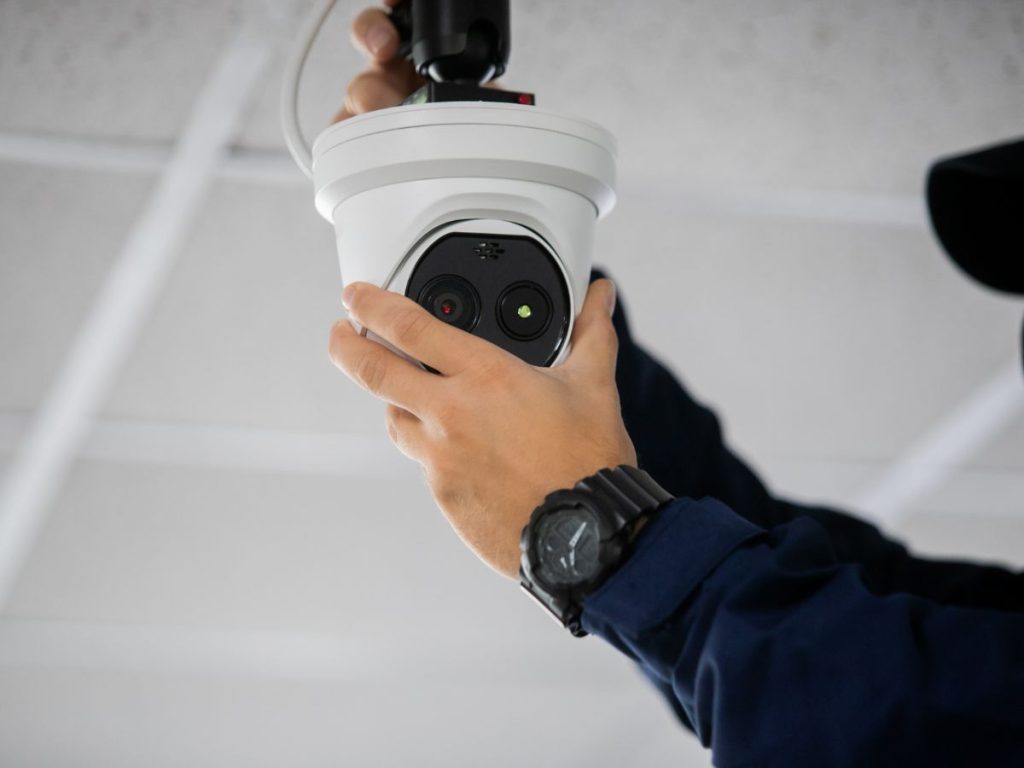
In today’s rapidly evolving world, security has become a paramount concern for individuals, businesses, and communities alike. One of the most effective ways to enhance security is through the installation of Closed-Circuit Television (CCTV) cameras. These unblinking electronic sentinels provide an extra layer of protection by capturing real-time footage and deterring potential threats. However, the success of a CCTV camera system depends on how well it is installed. In this article, we will delve into the essential requirements for CCTV camera installation, ensuring that you make informed decisions to safeguard your premises and peace of mind.
Site Assessment and Planning
Before embarking on the installation process, a comprehensive site assessment is crucial. Determine the key areas that require surveillance, such as entry and exit points, blind spots, parking lots, and high-traffic zones. Proper planning will guide you in positioning cameras strategically to maximize coverage and minimize potential vulnerabilities. Engage with security experts if needed, as their insights can prove invaluable in crafting an effective surveillance layout.
Camera Selection
Not all CCTV cameras are created equal. The choice of cameras depends on the specific needs of your site. There are various types available, including dome cameras, bullet cameras, PTZ (Pan-Tilt-Zoom) cameras, and more. Factors such as resolution, field of view, night vision capabilities, and weather resistance should be considered when selecting the appropriate camera models. Investing in high-quality cameras ensures clear and reliable footage, even under challenging conditions.
Optimal Camera Placement
The success of your CCTV camera system hinges on placing cameras in strategic locations. Ensure that cameras have an unobstructed view of target areas and are positioned at an optimal height to capture facial features and other identifying details. High-traffic zones and areas vulnerable to unauthorized access should be given priority. Additionally, avoid aiming cameras directly at strong light sources to prevent glare or overexposure that could compromise image quality.
Adequate Lighting Conditions
Proper lighting is a critical factor in capturing usable footage, especially during nighttime hours. While many modern cameras come equipped with infrared (IR) technology for night vision, supplementary lighting can significantly enhance visibility. Consider installing motion-activated lighting in dimly lit areas to support the camera’s capabilities and ensure that crucial details are not lost in the shadows.
Network and Connectivity
In the digital age, most CCTV systems are connected to networks for remote access and monitoring. Reliable network connectivity is imperative to access live feeds and recordings from anywhere at any time. Ensure that your cameras are compatible with your network infrastructure and have the necessary bandwidth to transmit high-quality video without lag. Implement robust encryption and security measures to prevent unauthorized access to your camera feeds.
Storage and Recording
The captured surveillance footage must be stored securely for future reference or legal purposes. Choose a suitable storage solution, such as Network Video Recorders (NVRs) or Cloud-based systems, based on your storage needs and budget. Consider factors like storage capacity, data retention policies, and scalability. Regularly back up your footage to prevent data loss and ensure that your camera system remains functional.
Weatherproofing and Durability
CCTV cameras are often exposed to the elements, making weatherproofing and durability essential considerations. Select cameras that are designed to withstand varying weather conditions, such as rain, snow, and extreme temperatures. Properly encase cables and connectors to prevent water damage and ensure the longevity of your camera system.
Compliance with Regulations
When installing CCTV cameras, it is crucial to adhere to local regulations and laws pertaining to surveillance and privacy. Understand the legal requirements in your region regarding the placement of cameras, notification of surveillance, and the handling of recorded footage. Failing to comply with these regulations could lead to legal consequences and undermine the purpose of your security system.
Regular Maintenance and Upkeep
Installing CCTV cameras is not a one-time endeavor; regular maintenance is essential to keep your system functioning optimally. Schedule routine inspections to check for camera misalignment, clean camera lenses, and test all system components. Update firmware and software as needed to stay current with security patches and feature enhancements. Neglecting maintenance could lead to decreased performance and compromised security.
Integration with Other Security Measures
While CCTV cameras offer powerful surveillance capabilities, their effectiveness can be further amplified by integrating them with other security measures. Consider coupling your camera system with access control systems, alarms, and motion sensors to create a comprehensive security ecosystem. Integration enhances real-time response capabilities and provides a holistic approach to safeguarding your premises.
Conclusion
In an era where security concerns are on the rise, the installation of CCTV cameras stands as a stalwart defense against potential threats. By following the essential requirements outlined in this article, you can ensure a robust and effective CCTV camera system that enhances safety, deters criminal activity, and provides peace of mind. Remember, a well-planned and properly installed CCTV camera system is an investment in safeguarding what matters most – your loved ones, assets, and the tranquility of your environment.